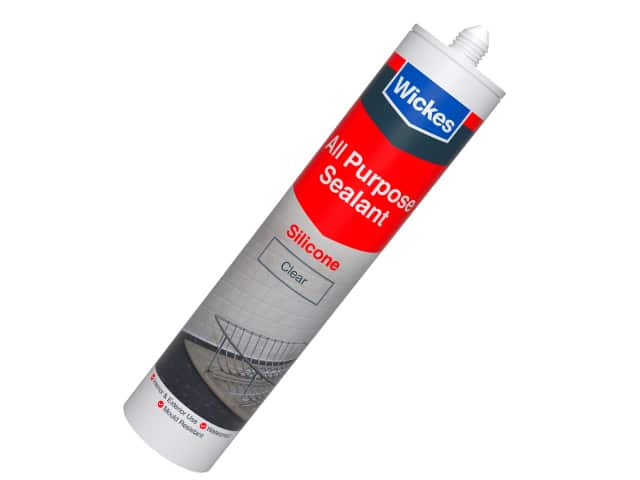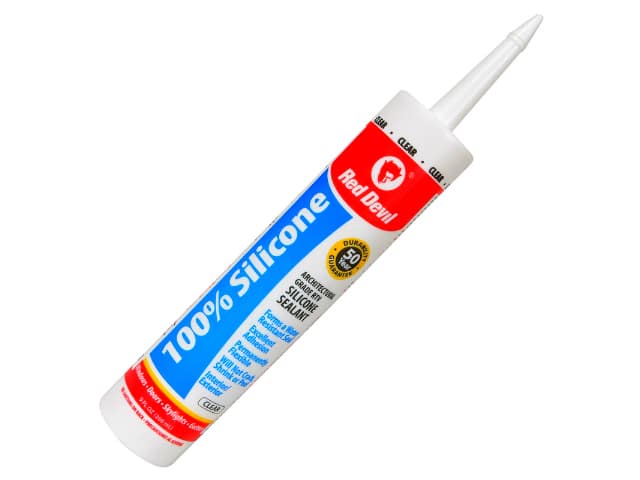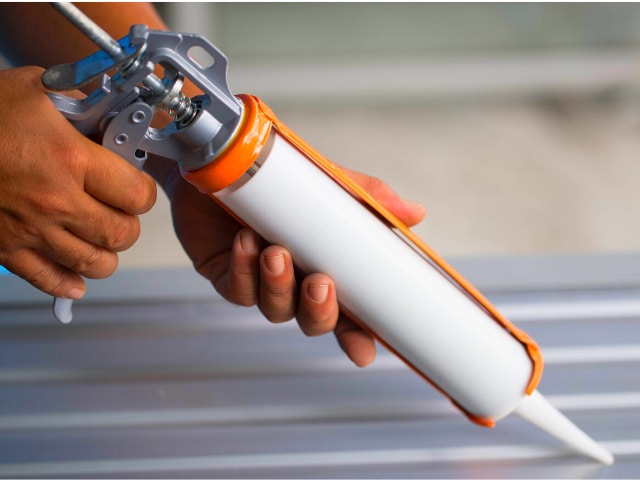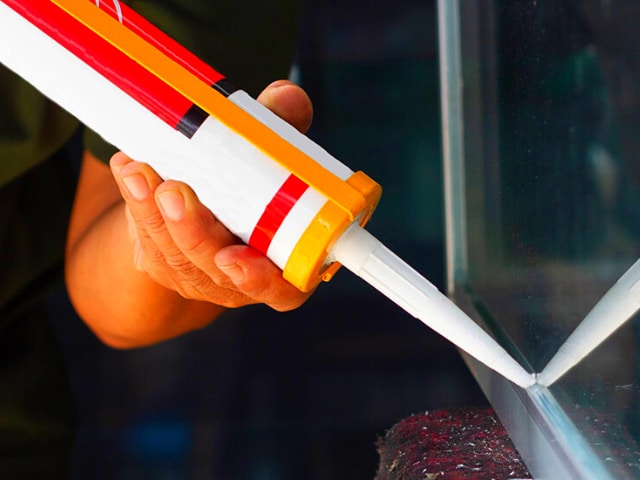If you’re thinking about remodeling your bathroom or kitchen, you might have come across the terms silicone caulk and sealant before. But what exactly are they?
Silicone caulk and sealant are often mistaken as being the same thing. While there are some similarities between them, their differences are enough to make it worth considering whether you should use one over the other in your next remodeling project!
Read More: Acrylic Vs. Silicone Caulk

What is Silicone Caulk?
Before we get into whether or not you should use caulk or sealant, let’s talk about what silicone caulk is. Just as its name suggests, silicone caulk is a type of caulking made out of silicone—the same material used in everything from skillets to aquarium seals and defrosters.
It comes in a tube that can be used with traditional caulking guns; it also sets (hardens) after just one hour. Most importantly, silicone caulk is safe for most surfaces. However, if you have metal pipes, you might want to consider using something else since silicone caulk can degrade them over time.

What is Silicone Sealant?
Silicone sealant is a waterproof sealant often used in bathrooms and kitchens. It is used to fill gaps and seal surfaces to prevent water damage. It is also used in many other applications where a flexible, waterproof seal is needed.
Silicone sealants are made from silicone polymers, which are long-chain molecules with various properties. They are very stable and have a high melting point.
They are also resistant to heat, cold, and UV light. Silicone sealants are often used in high-temperature applications, such as ovens and engine gaskets. They can also withstand extreme cold and are often used in freezer applications.
Silicone sealants are available in a variety of formulations. One-part sealants are the most common and are ready to use straight from the tube. Two-part sealants are mixed before use and have a shorter shelf life.
Read More: Silicone Adhesive vs. Silicone Caulk
Silicone Caulk vs. Sealant Adhesive
1. Typically, silicone caulk is used for kitchen and bathroom applications because it can withstand moisture. Sealant is more frequently used for outdoor projects since it is weatherproof.
2. Silicone caulk is typically clear or white, while sealant is available in various colors to match your project.
3. Silicone caulk takes longer to cure than sealant; 24 hours compared to 2-3 hours.
4. Silicone caulk can be used on various surfaces, while sealant should only be used on smooth surfaces.
5. Silicone caulk can adhere to wet surfaces, while sealant must wait until the surface is dry.
6. Silicone caulk can be used in temperatures as low as -25°F, while sealant should only be used in temperatures above 50°F.
7. Silicone caulk is more expensive than sealant.
8. Silicone caulk is more difficult to apply than sealant.
9. Silicone caulk has a higher VOC (Volatile Organic Compound) level than sealant.
10. Silicone caulk is more likely to shrink than sealant.

The Benefits of Using Silicone Caulk
Silicone caulk is an excellent sealant and adhesive for many applications because it is very strong and flexible. It can also withstand high temperatures, making it ideal for kitchens and bathrooms. Additionally, silicone caulk is waterproof and can be used indoors and outdoors.
One of the main benefits of using silicone caulk is creating a strong, waterproof seal. This makes it ideal for use in areas where water is present, such as around sinks and shower doors. Additionally, silicone caulk can withstand high temperatures, making it ideal for kitchens and bathrooms.
Another benefit of using silicone caulk is that it is very flexible. This makes it ideal for use in applications where movement is present, such as around doors and windows. Additionally, silicone caulk can be painted, making it a good choice for projects where aesthetics are important.

Read More: Can Silicone Sealant Be Used As An Adhesive?
The Benefits of Using Sealant
Silicone sealant has a number of advantages over traditional sealants. It is more flexible, so it can be used in wider applications. It is also resistant to high temperatures, so it can be used in areas where traditional sealants would fail.
Additionally, silicone sealant is less likely to yellow over time, maintaining its original color for longer. Finally, silicone sealant is more resistant to mold and mildew growth so that it can be used in damp or humid environments without worry.
Which is Better for Your Project?
This really depends on the project and what you are trying to achieve. If you need a sealant that can withstand high temperatures, silicone caulk would be better. If you need a sealant that can be painted over, then sealant would be the better choice.
In general, silicone caulk is better for projects that need a stronger seal, while sealant is better for projects where appearance is important.
Read More: Gutter Sealant Vs. Silicone
Is silicone caulk the same as silicone sealant?
Silicone caulk is made up of silicone polymers and other chemicals, while silicone sealant usually only contains silicone polymers.
Should I use silicone or caulk for shower?
Should I use caulk or silicone around windows?
Last Opinion
If you need a waterproof, long-lasting, and watertight seal for your tub or shower, silicone caulk is good. It’s durable and stands up well against physical stress from everyday use.
On the other hand, if you’re looking for something that goes on quickly and easily without much prep time or mess, the sealant is probably a better option.
This concludes our post on everything you need to know about silicone caulk vs. sealant. If you have any questions, please feel free to leave them in the comments section below!
